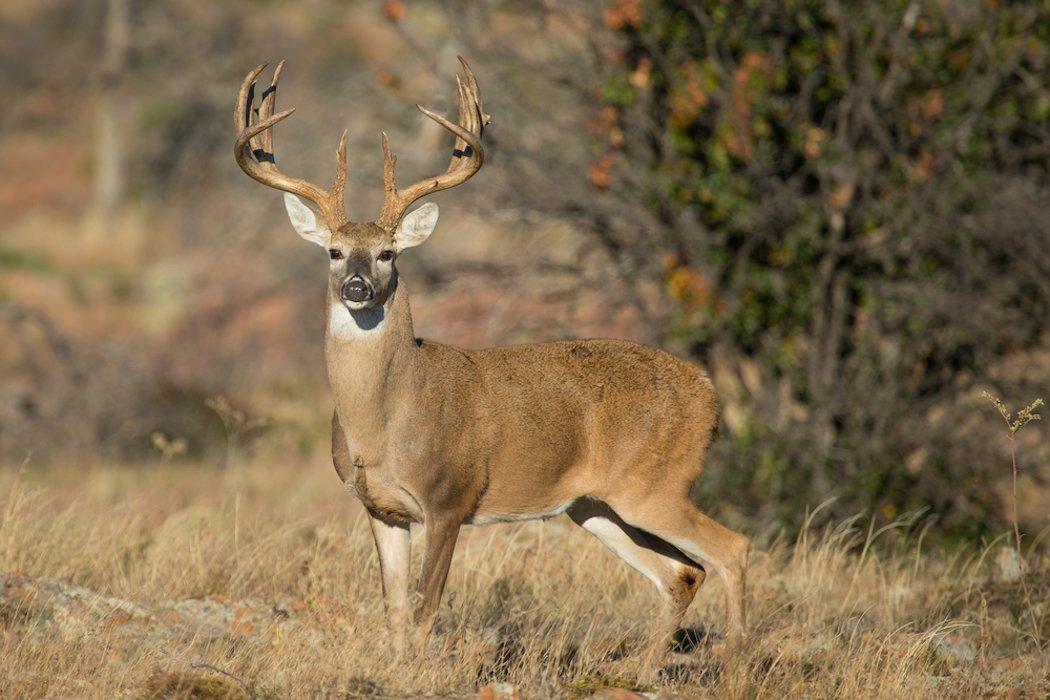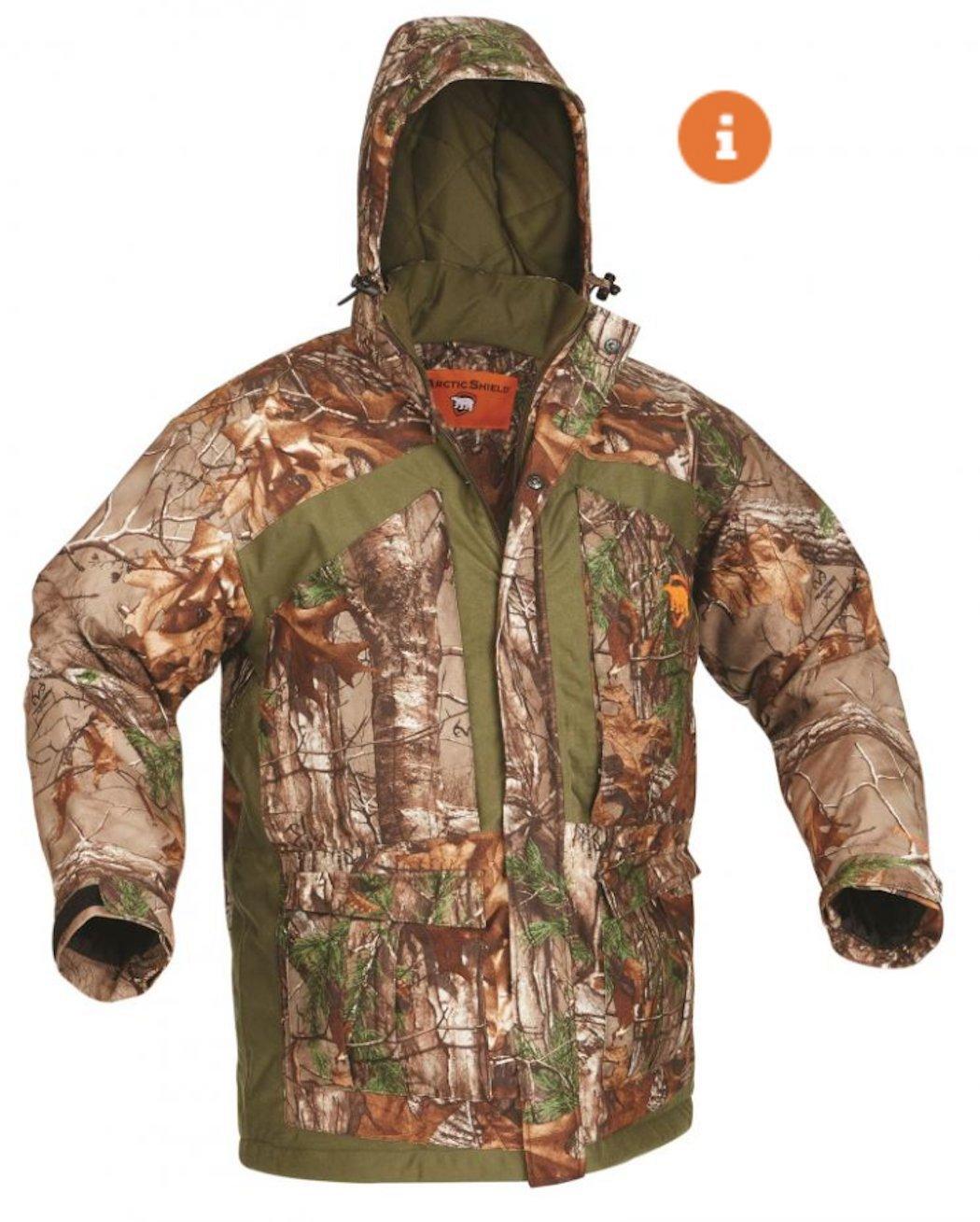Do You Agree or Disagree?
Two words that you don't often hear in the same sentence are rut and habits. But one thing is for certain, bucks do certain things habitually during the rut each fall. You just have to know what to look for. And you have to know how it applies to your deer hunting. Here are seven of those things.
1. They Religiously Search for Does Within Their Home Range
Bucks are very devoted to finding does during the rut. That's what they do. And they cover their home range and then some in search of does each fall. However, every deer's personality is different and will travel more or less based upon their own inclinations.
Don't Miss: 8 Bedding Habits of Mature Deer
2. They Feed Much Less During the Rut
Again, it depends on personality, but most bucks feed much less during the rut. Instead, they spend the majority of their time searching for does. They lose a lot of weight during this period and spend the summer and pre-rut building up fat stores to get them through the rut. In fact, bucks can lose as much as 20 to 30 percent of their body weight by rut's end.
ArcticShield Classic Elite Parka in Realtree Xtra
3. They Move More During Midday Lunch Hours Than Other Times of the Year
Bucks are adaptive. They learn to move when people don't. Pressure affects them. That leads to quite a bit of midday movement during the rut.
Don't Miss: 10 Feeding Habits of Mature Deer
4. They Cruise Certain Areas More Than Others
Mature bucks know where and how to find does during the rut. That's why you'll commonly find bucks cruising through doe bedding areas, leeward ridges, field edges, pinch-points, saddles, etc. Focus on traditional rut stand locations to target bucks during the rut.
5. They Spend Less Time Working Rubs and Scrapes Once Does Begin Entering Estrus
Once does start entering estrus, bucks spend less time laying down rut sign. Instead, they're more devoted to tending those does. Then, once the bulk of the breeding is over, they'll go back to tending scrapes more.
Don't Miss: Quiz: How Well Do You Know The Rut?
6. They Drive Estrus Does to the Thickest Cover
Mature bucks know that estrus does mean competition with other bucks. That's why, when they find an estrus doe, they'll push it into the nearest thick cover they can find. This helps them to defend the doe as other bucks try to move in.
7. They Spend 24 to 48 Hours with Estrus Does
Bucks will spend anywhere from 24 to 48 hours (sometimes even more) with a doe when it comes into estrus. This is referred to as the lock-down period. It's a very difficult time to hunt. You're either in the action or you're not. The best thing to do is hunt in or near thick cover when this phase begins.
Don't Miss: Realtree's Rut Report
Are you a deer hunter wanting to learn how to accomplish your goals? Check out our stories, videos and hard-hitting how-to's on deer hunting.








